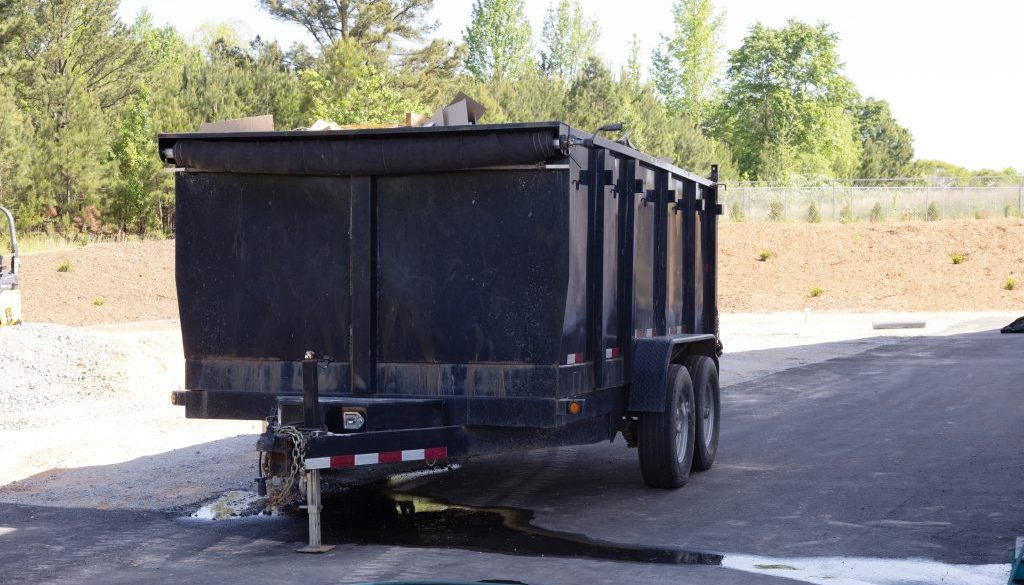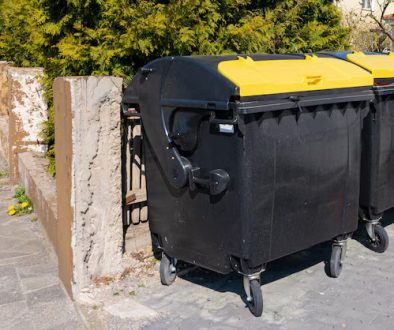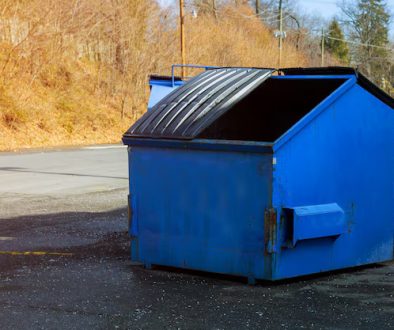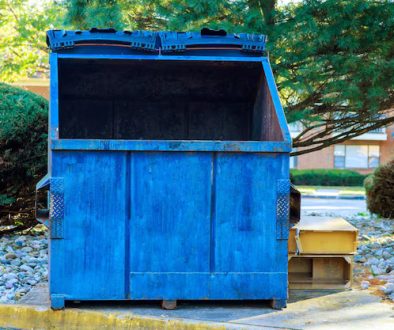Hiring a skip is a highly efficient and convenient solution for managing waste generated during home renovations, construction projects, or large-scale clear-outs. However, for first-time users, the process of selecting, hiring, and utilising a skip may seem daunting. This comprehensive guide aims to demystify the world of skip hire, providing valuable insights and practical tips to help you navigate the process with confidence and success, whether you are engaging in a residential or commercial project.
In this blog post, we will explore various aspects of skip hire, including understanding different skip sizes and their capacity, placement and accessibility considerations, waste disposal regulations, and the importance of partnering with a reliable skip hire service like Enviro Skip Hire. By educating yourself on the ins and outs of skip hire, you can make informed decisions that result in an efficient and responsible waste management solution catered to your specific project requirements.
With countless aspects to consider, entering the world of skip hire may initially seem overwhelming. However, with the assistance of an expert provider like Enviro Skip Hire and equipped with the knowledge shared in this guide, you can confidently take control of your project’s waste management needs. In the sections that follow, we will walk you through the fundamentals of skip hire and offer expert advice on choosing the right skip size, placement, and waste disposal practices for a successful and hassle-free experience.
Understand Different Skip Sizes and Capacities
Skips come in various sizes, each designed to accommodate different volumes of waste materials. Selecting the appropriate skip size for your project ensures efficiency and cost-effectiveness. Common skip sizes include:
- Mini Skips (2-3 cubic yards): Ideal for small domestic projects such as garden waste removal or minor home repairs.
- Midi Skips (4-5 cubic yards): Suitable for medium-sized projects, including bathroom and kitchen renovations or garage clear-outs.
- Builders Skips (6-8 cubic yards): Often used for building and construction projects, large-scale renovations, and office clear-outs.
- Large Skips (10-16 cubic yards): These skips are suitable for major construction projects, commercial waste, or extensive house clearances.
Placement and Accessibility Considerations
Before hiring a skip, consider the placement and accessibility requirements of your project site. Keep the following factors in mind:
- Location: Determine a suitable location for your skip, ensuring it is easily accessible for both loading and collection. Consider potential obstacles, such as trees or buildings, and maintain a clear path for skip delivery and pick-up.
- Permits: If placing the skip on a public highway or council-owned land, a permit will be required. A reliable provider like Enviro Skip Hire can handle the permit application process on your behalf.
- Safety Precautions: Ensure the area around your skip remains clean and hazard-free, preventing accidents or damage to property. Do not overfill your skip, as this may create safety risks and impede collection.
Waste Disposal Regulations and Responsible Skip Hire
When hiring a skip, adhere to the relevant waste disposal regulations and guidelines, ensuring a responsible and eco-friendly approach to your project:
- Restricted Items: Certain materials are prohibited or restricted in skips, including hazardous waste, asbestos, tyres, and electrical items. Consult your skip provider for guidance on disposing of these materials safely and legally.
- Waste Segregation: Separate waste materials by type to facilitate efficient recycling, prevent contamination, and adhere to waste disposal requirements.
- Recycling and Disposal: Choose a skip hire service committed to responsible waste management practices, including recycling as much waste material as possible, like Enviro Skip Hire.
Partnering with a Reliable Skip Hire Service
Selecting a reputable and reliable skip hire service plays a significant role in the success of your project’s waste management:
- Expert Advice: Seek guidance from your skip provider on choosing the correct skip size, adhering to waste disposal regulations, and obtaining necessary permits.
- Flexibility: Choose a skip hire service that offers flexible hire durations and pricing options, catering to your project’s specific needs and budget.
- Environmental Commitment: Partner with a skip provider that prioritises responsible waste management practices, such as recycling and eco-friendly disposal.
Conclusion
Taking on your first skip hire may initially seem overwhelming, but with the right guidance and a solid understanding of the process, you can navigate this essential waste management solution with confidence. By arming yourself with knowledge about skip sizes, placement considerations, waste disposal regulations, and the importance of partnering with a reputable provider like Enviro Skip Hire, you can successfully manage your waste disposal needs and contribute to a more environmentally friendly approach to construction and renovation projects.
If you are embarking on a project that requires a reliable and responsible skip hire service, look no further than Enviro Skip Hire. With expert advice, flexible options, and a strong commitment to environmentally friendly practices, you can rest assured that your project’s waste management will be in good hands. Trust in Enviro Skip Hire’s experience and dedication to customer satisfaction, and enjoy peace of mind as you tackle your next building or renovation project.




